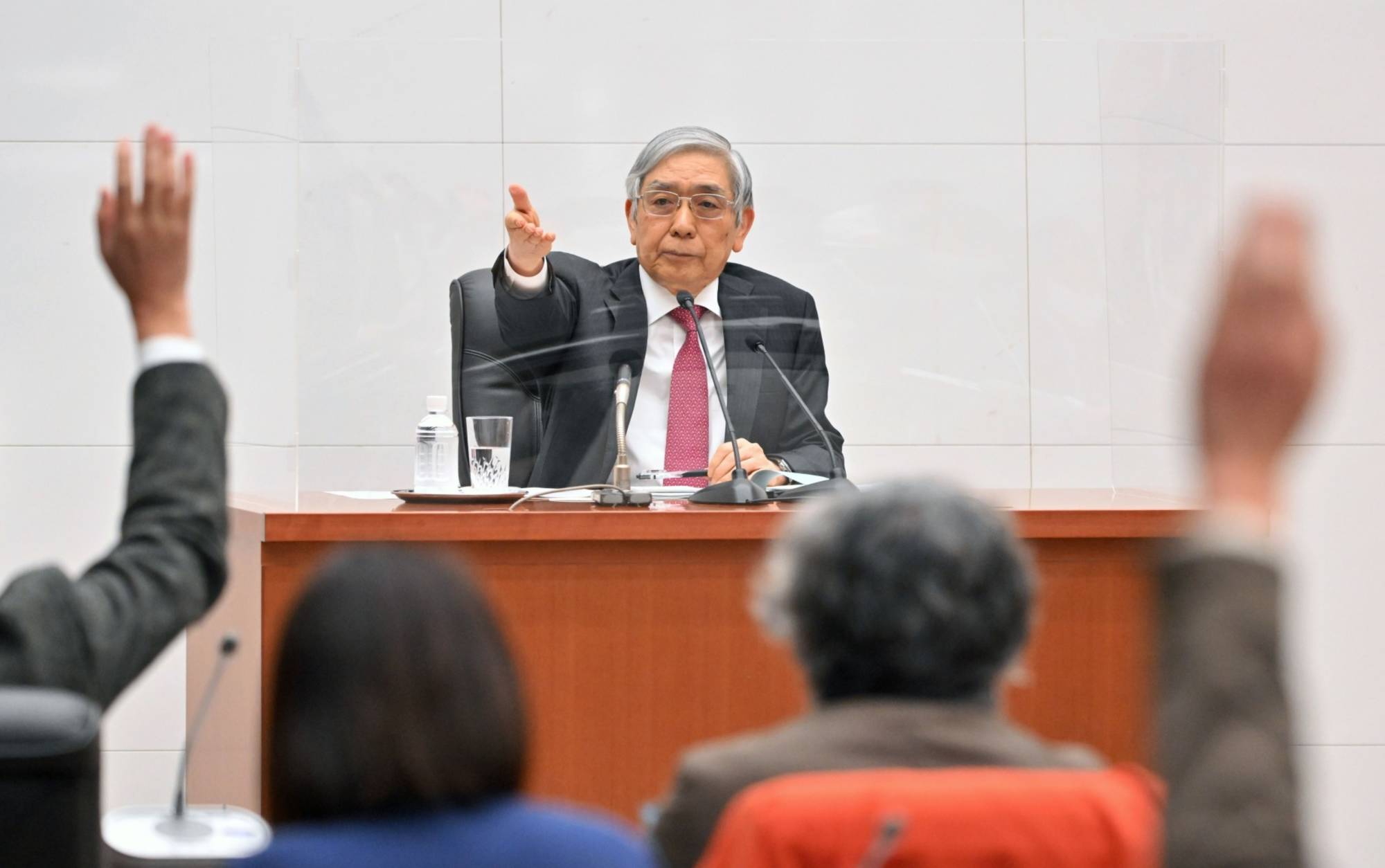Even amid a period of increased unpredictability on the part of the Bank of Japan, there were no surprises Wednesday as the central bank ended its two-day meeting with its dovish policies unchanged.
The BOJ said it will maintain its monetary easing policy — including the so-called yield curve control, buying unlimited amounts of 10-year Japanese government bonds (JGBs) to keep yields at around 0% — while allowing swings of plus or minus 50 basis points. The bank's short-term interest rate will stay at minus 0.1%, the central bank said, maintaining its outlier status amid a period of global inflation that has prompted its peers overseas to raise rates.
In its quarterly report, the central bank also revised its inflation outlook for the fiscal year ending in March, lifting it to 3% from 2.9%, as more companies are raising prices because of high import costs.


















With your current subscription plan you can comment on stories. However, before writing your first comment, please create a display name in the Profile section of your subscriber account page.